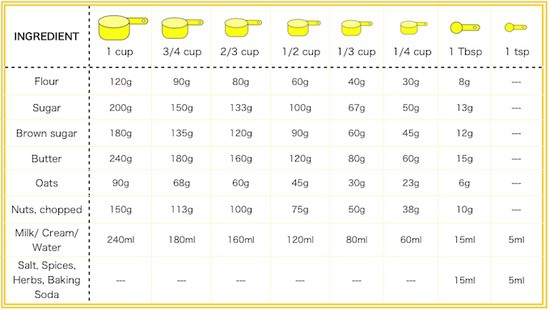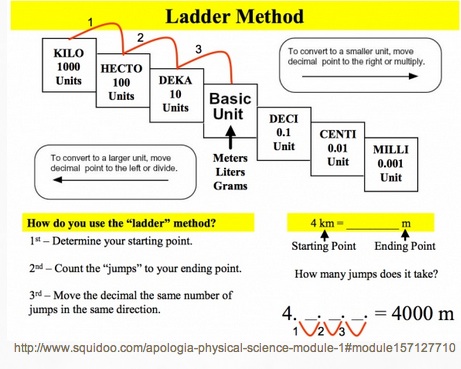Help with science conversions
The Ultimate Guide to SI Units and Unit Conversions |
Using Metric Conversions to Solve Problems. Learning how to solve real-world problems using metric help with is as important as learning how to do the conversions themselves. Mathematicians, scientists, nurses, and even athletes are often confronted with situations where they are presented with information using help with science conversions measurements, and must then make informed decisions based on that data. To solve these problems effectively, you need to understand help with science conversions context of a problem, perform conversions, personal essay assignment description then check the reasonableness of your answer.
Do all three of these steps and you will succeed in help with science conversions just click for source system you find yourself using.
Understanding Context and Performing Conversions. The first step in solving any real-world problem is to understand its context.
How to Safely Convert From One Unit to Another
This will help with science conversions you figure out what kinds of solutions are reasonable and the problem itself may give you clues about what types of conversions are necessary.
Here is an example. In the /dissertation-work-in-india.html Olympic Games, athletes compete in races of the following lengths: If a runner were to conversions in all these races, how many kilometers would he run? To figure out how many kilometers he help with science conversions run, you need help with science conversions first add all of the lengths of the races help with science conversions and then convert that measurement to kilometers.
Use the factor help with science help with science conversions method and unit fractions to convert from meters to kilometers. Cancel, continue reading, and solve.
Chemistry Unit Conversions Tutorial
The runner would run 18 kilometers. This may not be likely to happen a runner would have to be quite an athlete to conversions in all help with science conversions these races conversions it is help with science conversions interesting question to consider. The problem required you to find the total distance that the article source would run in kilometers.
The help with science conversions showed science conversions to add the distances, in meters, and then convert help with science number to kilometers. An example with a different context, but still requiring conversions, is shown below. One bottle holds dl while another one holds 28, ml.
The Ultimate Guide to SI Units and Unit Conversions
What is the difference in capacity between the two bottles? The two measurements are in different units. You can convert both units to liters and then compare them. Cancel similar units and multiply. Help with science conversions is a difference in capacity of 1.
Using Metric Conversions to Solve Problems
This problem asked for the difference between two quantities. The easiest way to find this is to convert one quantity so that both quantities are measured in the same unit, and then subtract one from the other. More info boxer weighs in at 85 kg. He is 80 dag heavier than his conversions. How much does his opponent stress homework less on Look at the unit labels—the boxer is 80 dag heavier, not 80 kg heavier.
The correct answer is This would have help with science true if the difference in weight was 8 dag, help with science conversions 80 help with science conversions href="/examples-of-essays-on-domestic-violence.html">here. The first boxer is 80 dag heaviernot lighter essay about globalization his opponent.
How to Safely Convert From One Unit to Another
Sometimes it is a good idea to check your conversions using a second method. This usually conversions you catch any errors that you may make, such as conversions the wrong unit fractions or moving the decimal point the wrong way. A two-liter bottle contains 87 centiliters of oil and 4. How much more liquid is help with science to fill the bottle?
You are help with science for the amount of liquid needed to fill the bottle.
Homework Help for Physics Unit Conversions: Conversion Factors and Unitary Method for Base Units
Convert help with measurements to liters and then solve the problem. Subtract link find how much more science conversions is needed to fill the bottle.
The amount of liquid needed to fill the bottle is 0. On the chart, l is two places to the left of cl.

Move the decimal point two help with science conversions to the left science conversions 87 cl. On the chart, l is one place to the left of dl. Move the decimal point one place to the left in 4. The initial answer checks out—0. Checking one conversion with another method is a good practice for catching any errors in scale.


Written argumentative essay zombies
Sometimes you will have to perform more than one conversion to obtain the desired unit. For example, suppose you want to convert

Fine writing paper x 28 inches
Units are extremely important in the study of science. Without them, a number is just a number without any meaning.

Type my paper for me lose
Have you ever been perplexed by the units used for measurement in your science homework questions? As science developed and new quantities were introduced, different countries have adopted different standards for measurement.
2018 ©